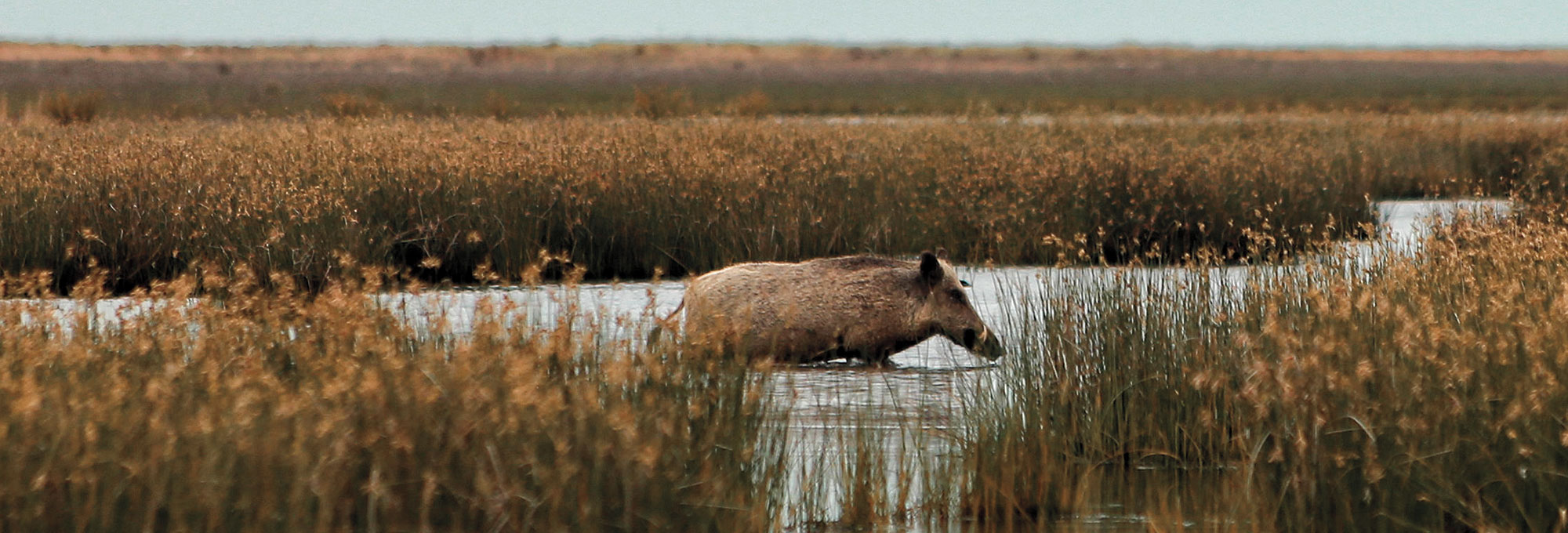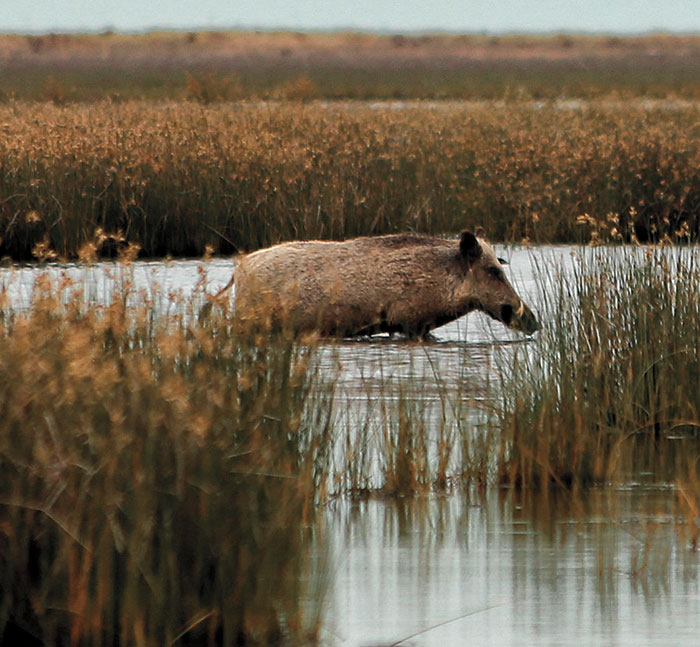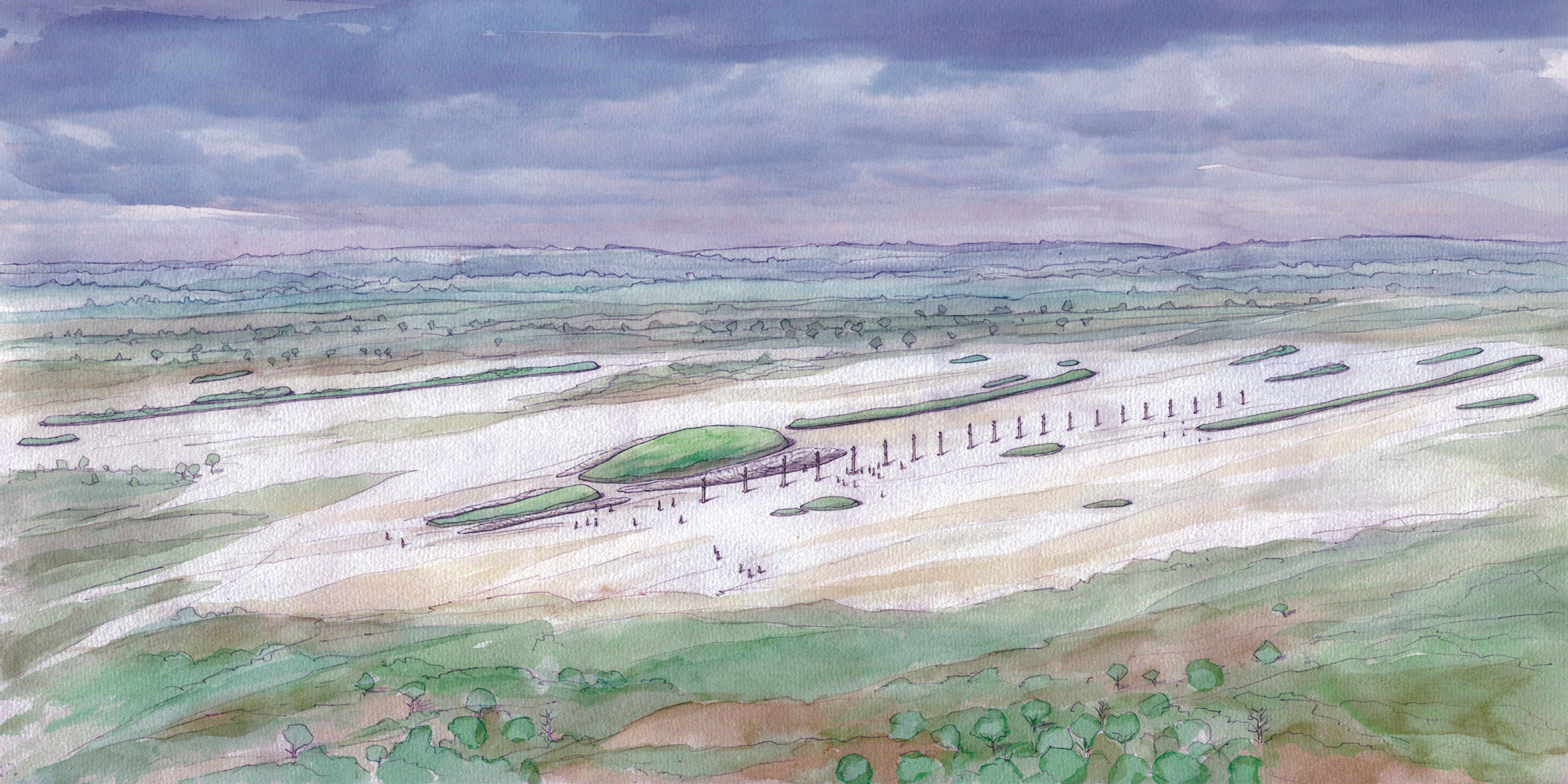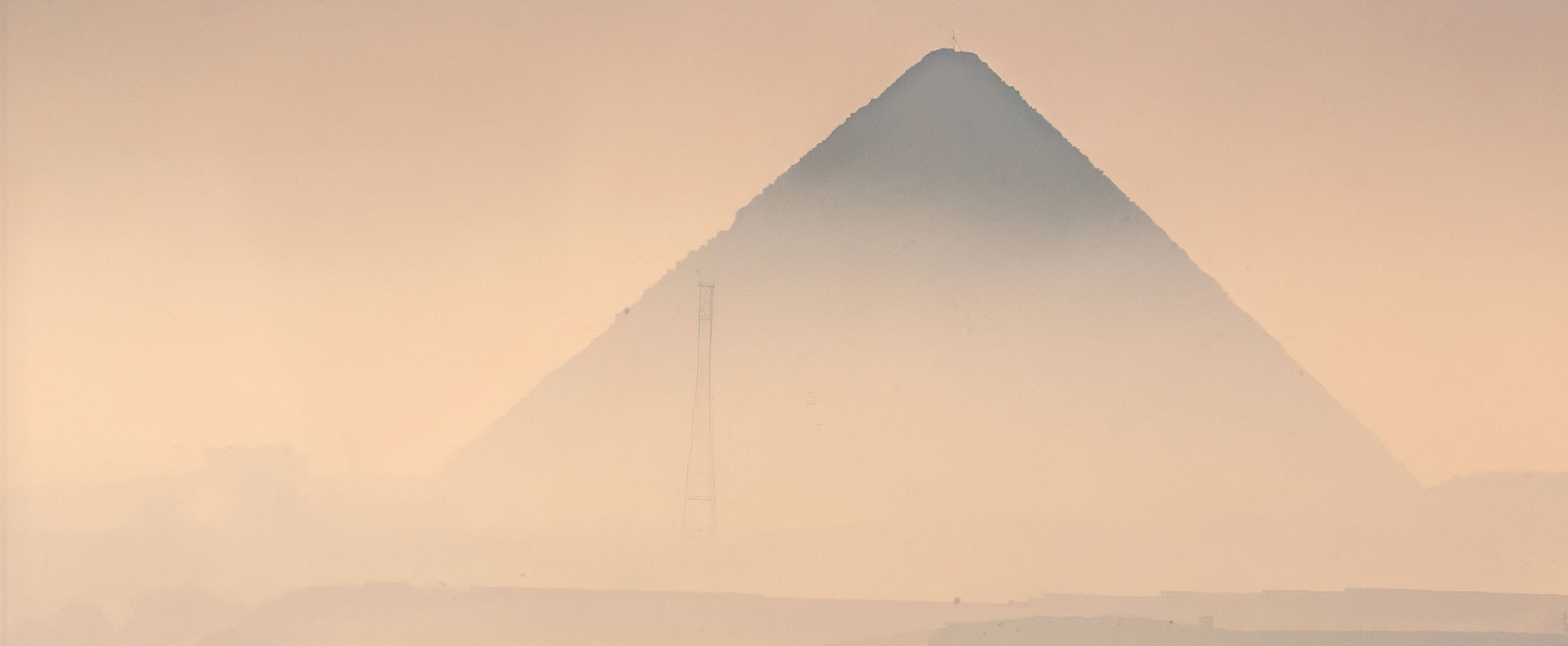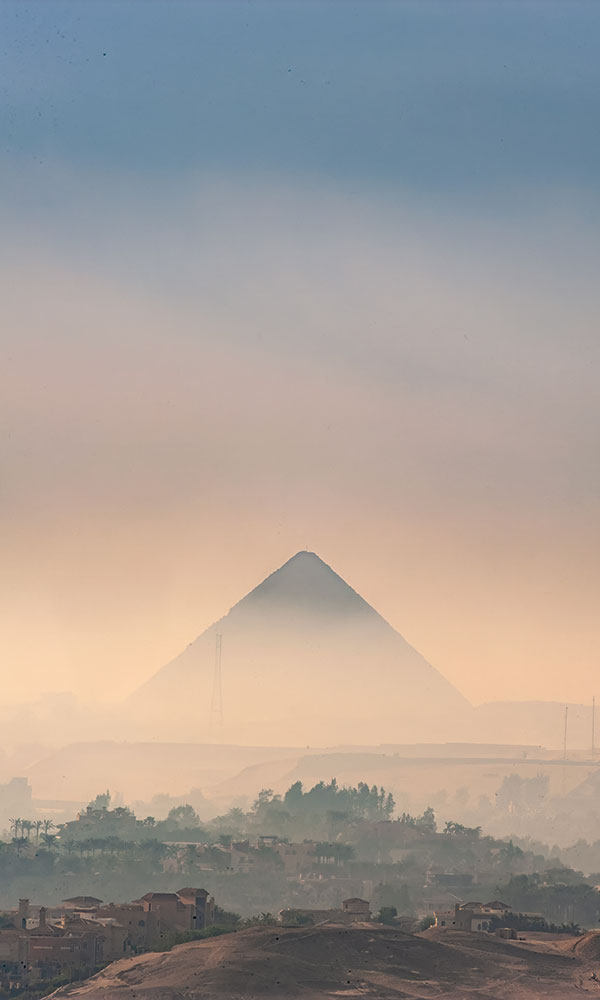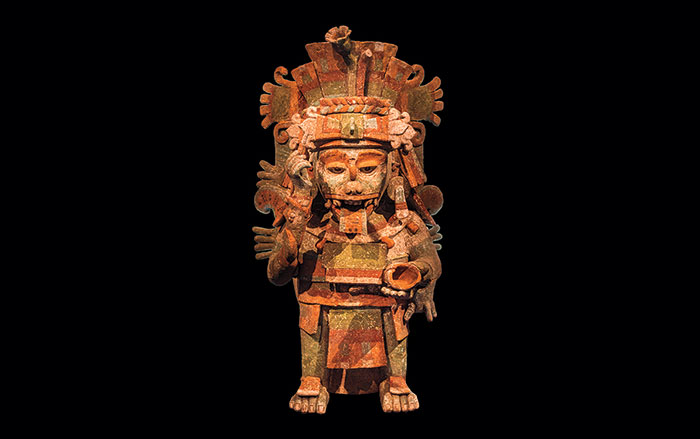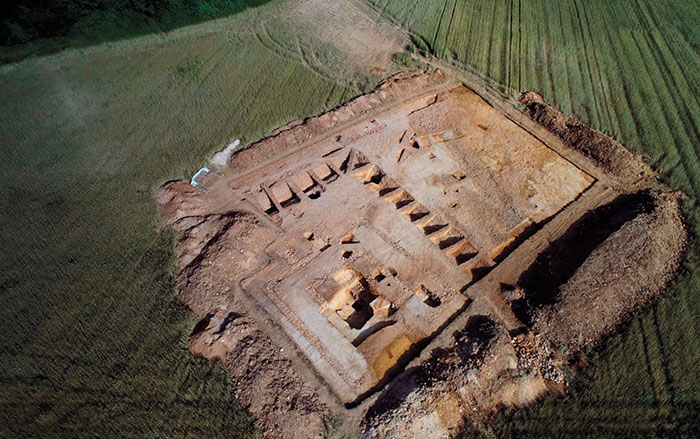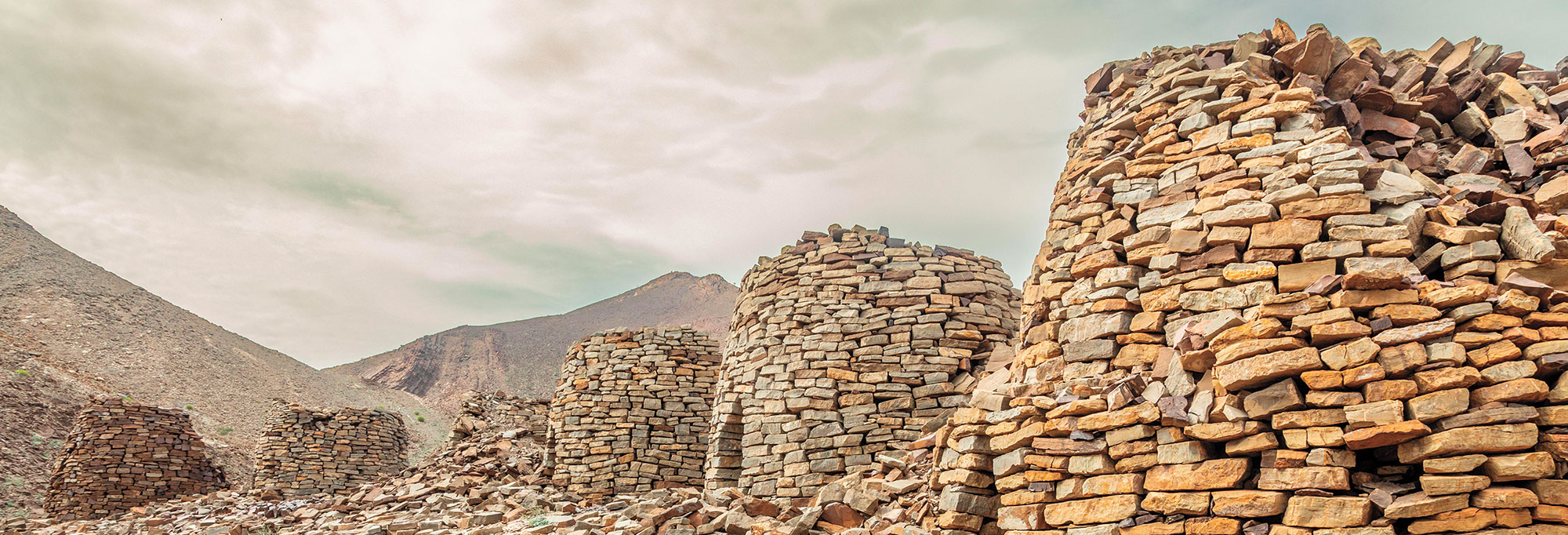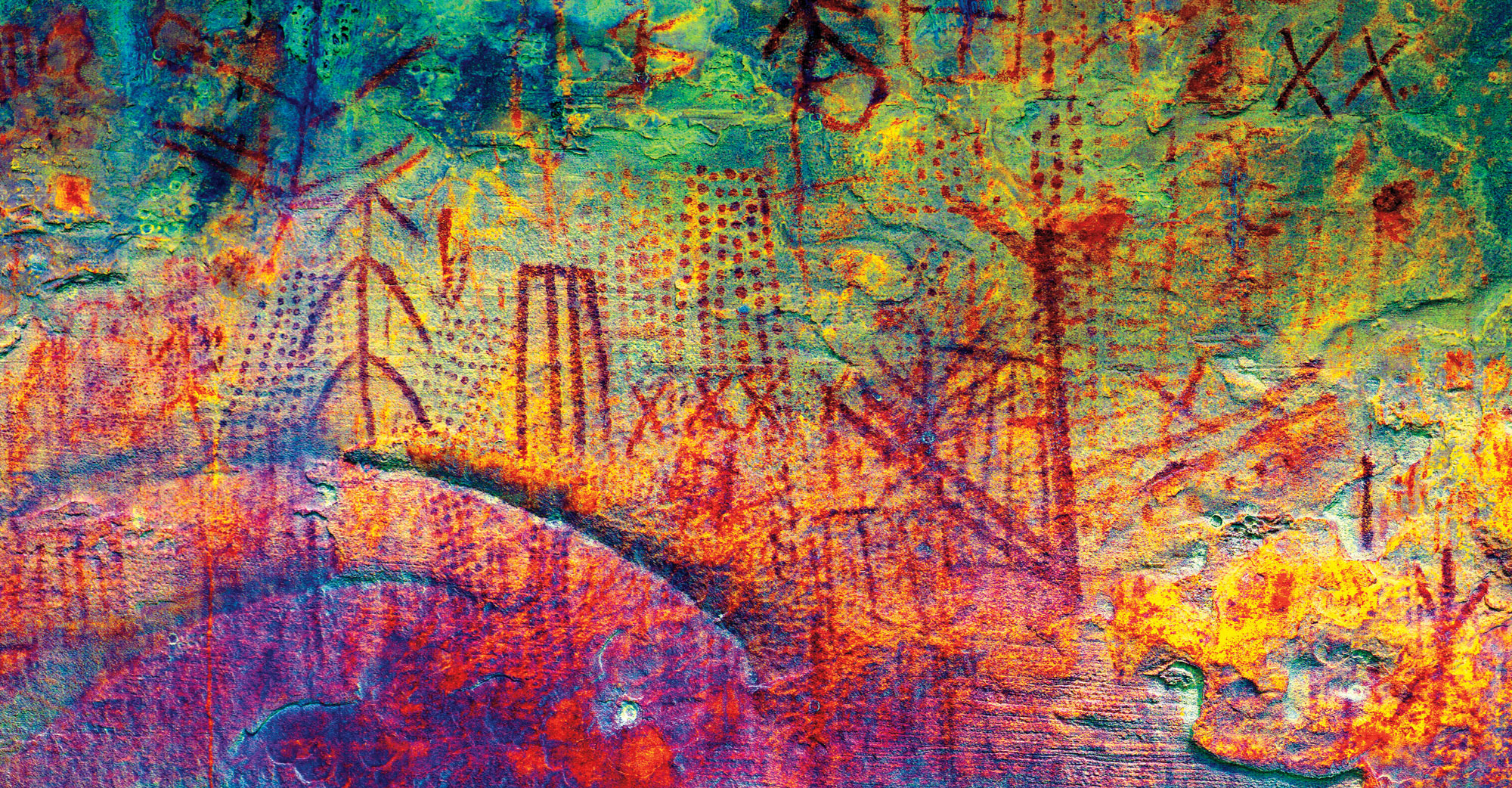Eleven thousand years ago, early Neolithic people who gathered at the site of Asiab in the Zagros Mountains of western Iran brought their own boar meat to contribute to communal feasts. Archaeologists uncovered 19 wild boar skulls that displayed clear signs of butchery neatly packed in a pit at the site. A team of researchers conducted dental and geochemical analysis on some of the boars’ teeth to determine where the animals may have originated. Although Asiab’s environment provided a natural habitat for boars, the animals consumed there came from various distant locations, some as far as 40 miles away. Transporting a heavy boar carcass across the mountainous terrain would not have been an easy task, especially as the journey must have taken several days.
Scholars believe it was important for Neolithic hunters to bring offerings to festivities that were sourced from specific locations. Archaeologist Petra Vaiglova of the Australian National University likens this behavior to today’s custom of bringing a special delicacy or present to a hometown holiday get-together. “This new research provides really exciting insight into the longevity of gift giving and the antiquity of bringing geographically meaningful contributions to social gatherings,” says Vaiglova.



